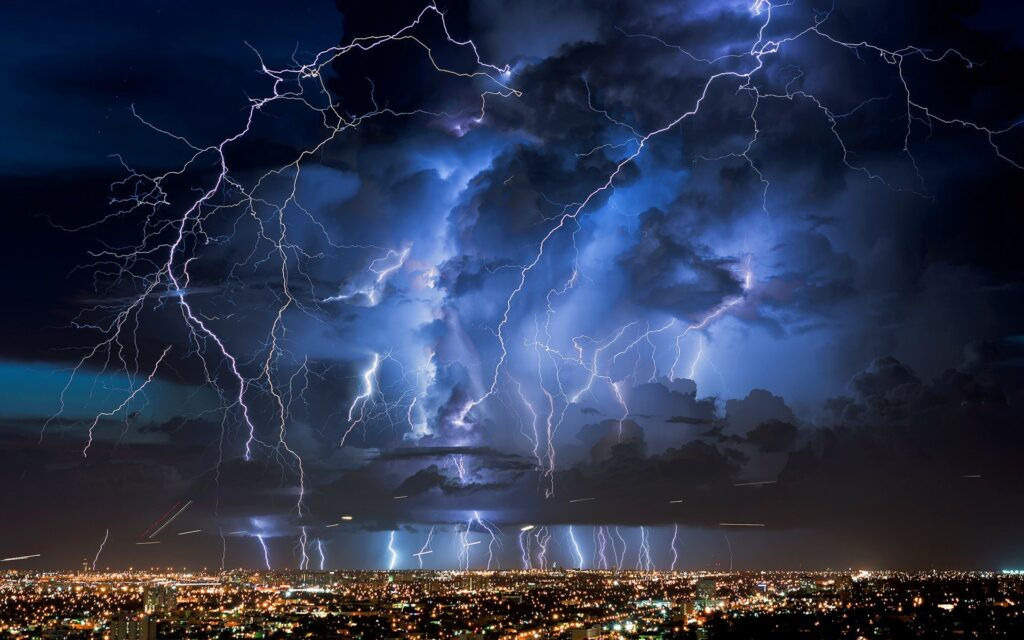Integrators and end-users have challenges in protecting surveillance systems against lightning strikes, which are unpredictable, powerful, and destructive. If a camera is not protected from lightning strikes, it will be destroyed. Along with switches, recorders, and servers that are connected to it.
Understanding Your Level Of Risk
Lightning strikes are more common in some areas of the globe than others based on weather patterns. In addition, lightning strikes can be more accurately predicted with experience with lightning and storm activity in a region with previous lightning installations.
In addition to cameras mounted on poles or outbuildings, lightning protection is often installed on cameras mounted on top of buildings, poles, or in other high-exposure locations. A camera mounted on a parapet becomes essentially a lightning rod when it is mounted on top of a building.
Regardless of the location of the outdoor camera, some designers recommend lightning protection. Due to the price of the protectors, this step is often not feasible for every business.
Despite popular belief, lightning protection does not prevent lightning from destroying cameras. It is most likely that a camera will be destroyed if lightning strikes it. Protectors are intended instead to protect connected electronics like switches, routers, and NVRs from damage.
Surge Protectors
There are two types of lightning surge protectors, single and multi-port. The single-port surge protector is typically located near the camera and is designed for a single camera. Generally, they are used when there is only a small amount of outdoor cameras installed.
The multi-port surge protector works similar to a patch panel with multiple RJ45 ports, providing connections to 12-16 cameras or other network devices. The devices are often mounted in racks near recording and network equipment to protect high voltages from damaging equipment.

Proper Installation
The grounding of lightning protectors is the single most important factor. Unless a grounding system exists, the protector cannot divert overage currents. A 6AWG copper wire should ground the surge protector to one of the following points, electrical service ground, building structural steel, local receptacle ground wire or a metallic cold water pipe.
In terms of performance, lightning protection should be installed closer to the camera. This results in a much shorter cable run to the ground. Using a short cable can reduce the effectiveness of the lightning protector by supplying less resistance than intended.
The installation of single-port surge protectors must also be done carefully, since most electrical codes prohibit exposed wiring in ceilings, which means they must be enclosed separately. There is also more installation labor involved when mounting protection near the camera, as a grounding point must be found for each camera, which may or may not be readily accessible.
If you are looking to protect your business from unexpected storms and avoid significant damage let RC Security help. Our continued research and partnerships with premium brands allow us to offer better quality every time.
About RC Security Consulting
RC Security Consulting protects the heart of Texas with design, installation, retrofit, repair, inspection, and monitoring of commercial security systems. We are centrally located in Collin County and provide service for almost 200 miles in all directions. Connect with us on LinkedIn to learn more.


